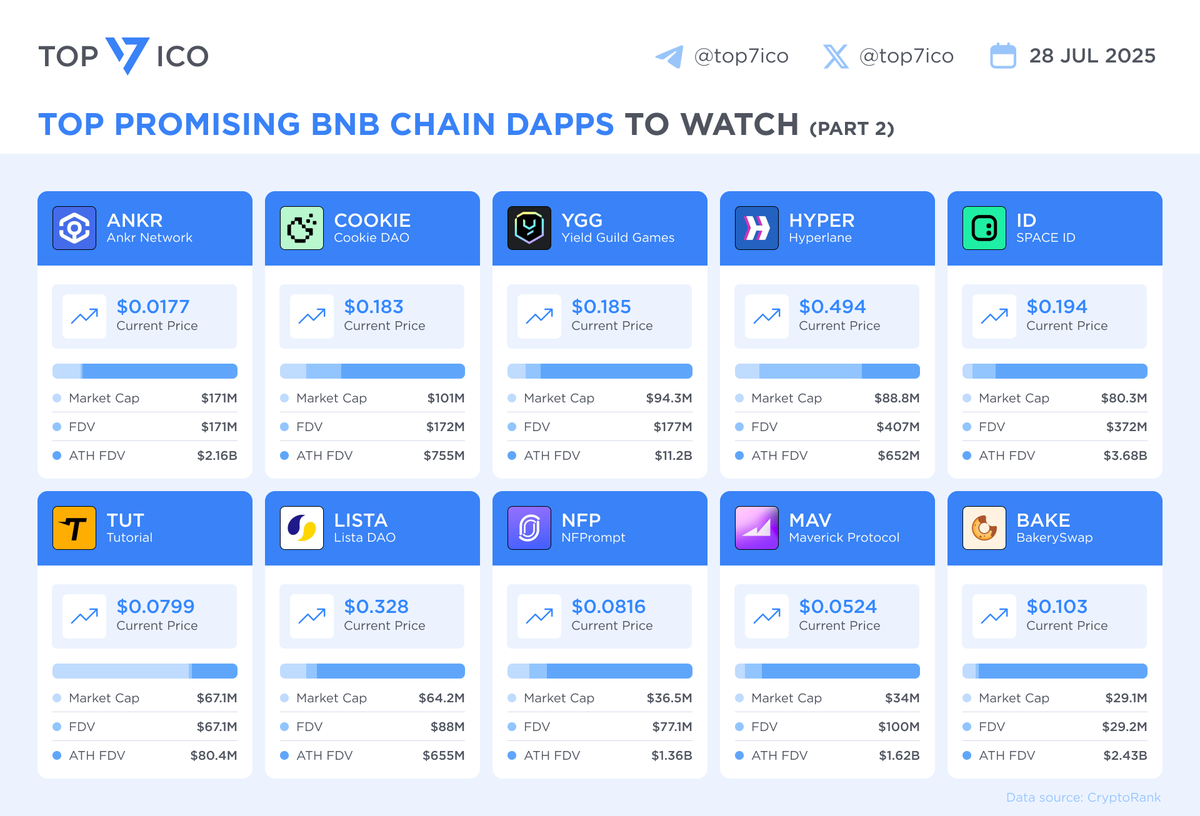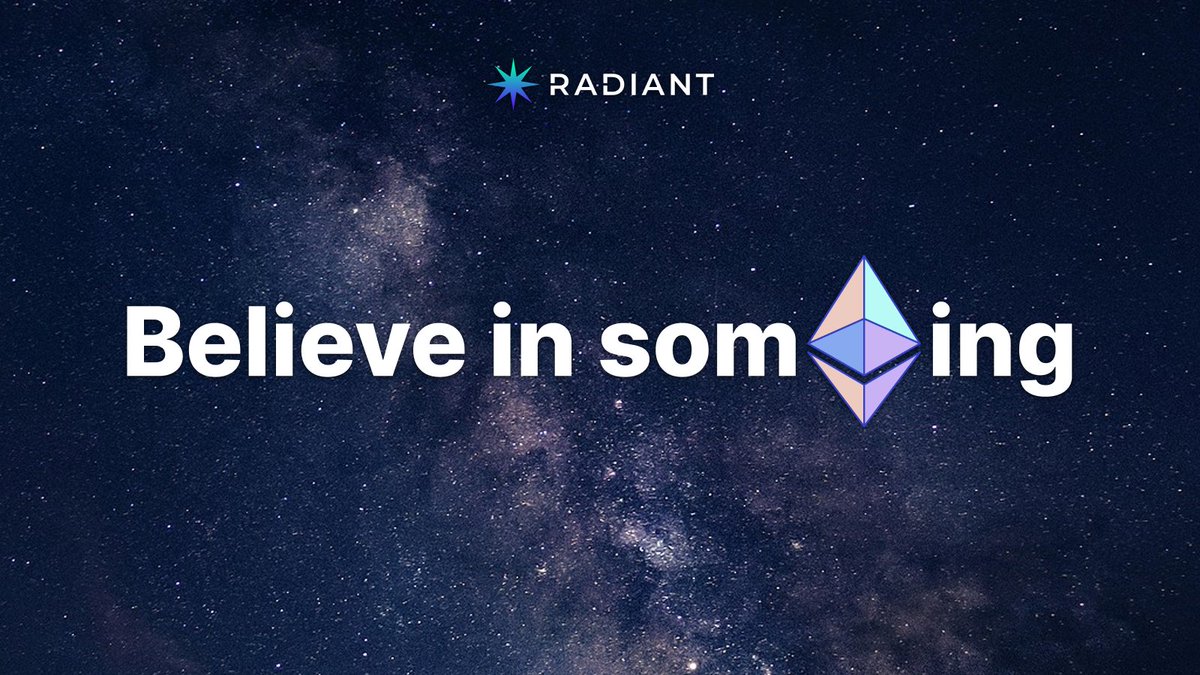Precio de Radiant Capital
en USD

Sobre Radiant Capital
Aviso
OKX no proporciona recomendaciones de inversión o de activos. Debes considerar cuidadosamente si el trading o el holding de activos digitales es adecuado para ti a la luz de tu situación financiera. Consulta a tu asesor legal/fiscal/profesional de inversiones para preguntas sobre tus circunstancias específicas. Para obtener más información, consulta nuestros Términos de uso y Advertencia de riesgo Al usar el sitio web de terceros ("Sitio web de terceros" o "TWP"), aceptas que el uso del TWP estará sujeto a los términos de TWP. Salvo que se indique expresamente por escrito, OKX y sus afiliados ("OKX") no están asociados de ninguna manera con el propietario u operador del TPW. Aceptas que OKX no es responsable de ninguna pérdida, daño ni cualquier otra consecuencia generada por tu uso del TPW. Ten en cuenta que usar un TWP puede generar una pérdida o reducción de tus activos. El producto puede no estar disponible en todas las jurisdicciones.
Rendimiento del precio de Radiant Capital
Radiant Capital en las redes sociales





Guía

Crea una cuenta de OKX gratis.
Añade fondos a tu cuenta.
Elige tus criptos.
Preguntas frecuentes sobre Radiant Capital
Descubre más sobre Radiant Capital
Las finanzas descentralizadas (DeFi) han transformado el panorama de las criptomonedas al ofrecer nuevas oportunidades a los usuarios para aprovechar sus activos y obtener ingresos pasivos. Si bien DeFi ha existido durante varios años, este espacio obtuvo un impulso significativo en 2020, atrayendo miles de millones de dólares en inversiones. Sin embargo, a pesar de su inmenso potencial, DeFi enfrenta desafíos. Radiant Capital (RDNT) es un proyecto que tiene como objetivo abordar estas limitaciones y promover un cambio positivo dentro del espacio DeFi.
¿Qué es Radiant Capital?
Radiant Capital (RDNT) es un proyecto de criptomoneda de reciente lanzamiento que surgió a mediados de 2022. Su principal objetivo es establecer un mercado monetario omnichain, que permita a los usuarios depositar sus activos a través de destacadas redes blockchain. De este modo, los usuarios pueden tomar prestados varios activos compatibles de distintas cadenas, lo que mejora la interoperabilidad entre cadenas. Radiant Capital (RDNT) pretende ampliar los límites de la interoperabilidad en el espacio de las criptomonedas, proporcionando a los usuarios una mayor flexibilidad y acceso a una amplia gama de activos.
El equipo de Radiant Capital
Radiant Capital es un proyecto fundado y desarrollado por un equipo anónimo. Aunque se dispone de información limitada sobre los miembros del equipo, su misión es clara: abordar el problema de la liquidez fragmentada en varios mercados monetarios y redes de blockchain. El objetivo del equipo es crear un protocolo omnichain seguro y fácil de usar que consolide la liquidez y mejore la eficiencia del capital.
¿Cómo funciona Radiant Capital?
Radiant Capital consigue la interoperabilidad mediante la mensajería LayerZero y la interfaz de router estable de Stargate. Este enfoque innovador permite a los prestatarios recuperar su garantía y elegir el blockchain específico del cual desean recuperar sus fondos. Los usuarios tienen un control preciso sobre sus transacciones, incluida la posibilidad de especificar el porcentaje de fondos que desean asignar a cada blockchain participante. Esta red interoperable permite a los usuarios depositar y tomar prestados activos sin problemas a través de múltiples blockchains, mejorando la flexibilidad y la accesibilidad.
Token nativo de Radiant Capital: token RDNT
RDNT es la criptomoneda de utilidad nativa de Radiant Capital, y opera como un token OFT-20. Dentro del ecosistema, la RDNT cumple varias funciones, entre ellas facilitar las transferencias entre cadenas. Los participantes pueden aportar utilidad a la plataforma bloqueando sus tokens RDNT, convirtiéndose en proveedores dinámicos de liquidez. Los participantes reciben recompensas en función del número de tokens que decidan apostar. Dichas recompensas se pagan en forma de tokens RDNT.
Tokenómica del token RDNT
El token RDNT se lanzó en julio de 2022, y el proyecto tiene un suministro máximo de 1.000 millones de tokens RDNT. Sin embargo, la oferta en circulación de RDNT es ahora de 257,5 millones de tokens, lo que representa aproximadamente el 26% de la oferta total.
¿Cómo hacer staking con Radiant Capital?
Se puede hacer staking con Radiant Capital (RDNT) en varias plataformas, incluida OKX, que ofrece una rentabilidad porcentual anual (APY) del 10% para el staking. Con OKX Earn, los usuarios pueden canjear los tokens con los que han hecho staking en cualquier momento, y las recompensas se distribuyen cada 24 horas. El proceso de staking es sencillo. Solo requiere que los usuarios tengan tokens RDNT en sus billeteras y que hagan staking con ellos en plataformas compatibles para empezar a ganar recompensas.
Casos de uso de los tokens de Radiant Capital
El token nativo de Radiant Capital, RDNT, ofrece una amplia gama de aplicaciones versátiles dentro del ecosistema. Desempeña un papel fundamental en el pago de intereses de préstamos, las penalizaciones por retiros anticipados y las emisiones de RDNT. Además, RDNT sirve como token de gobierno dentro de la organización autónoma descentralizada (DAO) del proyecto. La DAO ya admite más de 20 opciones de garantía, y a medida que la red amplíe su compatibilidad con cadenas adicionales, se introducirán más opciones.
Distribución de tokens de Radiant Capital
Radiant Capital cuenta con una reserva total de tokens de 1.000 millones. La distribución del suministro de tokens es la siguiente:
- El 54% de los tokens se asignaron como incentivos para prestatarios y proveedores, los cuales se planificó liberar de forma gradual a lo largo de cinco años
- El 20% de los tokens se asignaron al equipo del proyecto, con un calendario de adquisición de derechos de cinco años y un límite de tres meses.
- Catorce por ciento de los tokens se asignan a la Reserva Radiant DAO.
- El 7% de los tokens se asignó a los colaboradores principales y a los asesores del proyecto, con un período de adquisición de derechos de un año y medio.
- El 3% de las tokens se reservó para el Tesoro y los fondos de liquidez.
- El 2% de los tokens se emitieron para proveedores de liquidez del pool 2 entre agosto de 2022 y marzo de 2023.
El futuro de Radiant Capital
Radiant Capital es un ambicioso proyecto cuyo objetivo es lograr la interoperabilidad completa de las criptomonedas. Su visión va más allá de las simples transacciones entre cadenas y tiene como objetivo permitir a los prestatarios retirar fondos de cualquier red blockchain en cualquier momento. Este enfoque innovador tiene un inmenso potencial, especialmente dentro del ecosistema Web3, donde Radiant Capital está destinado a desempeñar un papel importante en el avance de la interoperabilidad y explorar nuevas posibilidades para las finanzas descentralizadas.
Declaración de GEI

































